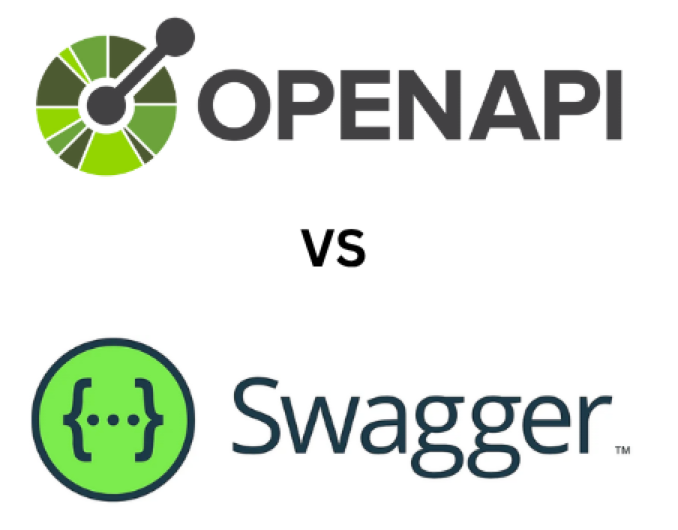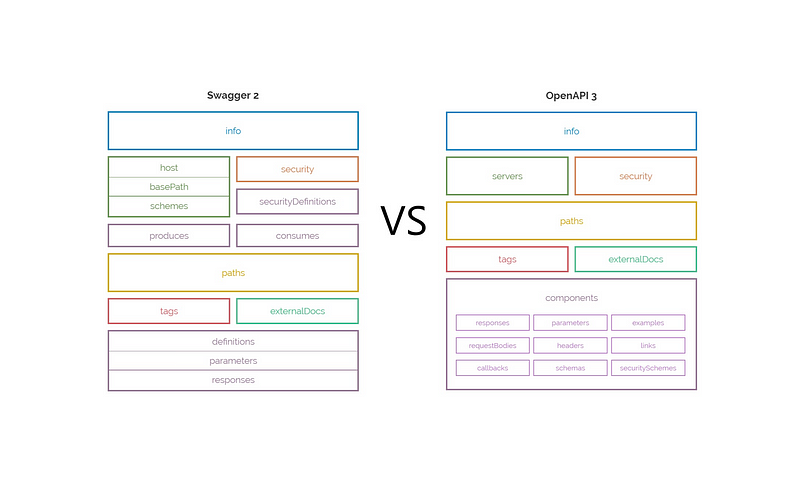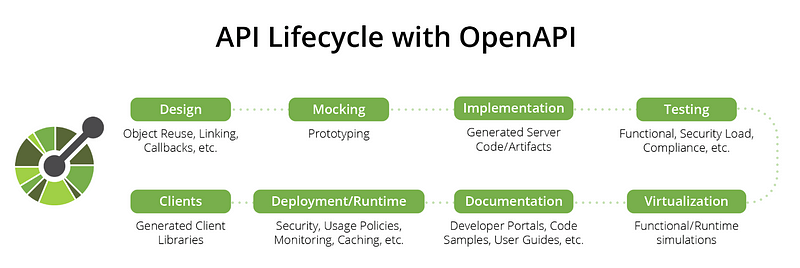Best Practices for Api Security Testing
OpenAPI vs. Swagger: What’s the Difference?
OpenAPI vs. Swagger: What’s the Difference?

What Is OpenAPI?
The OpenAPI Specification (OAS) is a standardized, language-agnostic format for describing RESTful APIs. It allows both humans and machines to understand the capabilities of a service without accessing its source code or documentation. Typically written in YAML or JSON, OpenAPI facilitates clear communication between API producers and consumers, streamlining the development process.
What Is Swagger?
Swagger is a suite of open-source tools designed to work with the OpenAPI Specification. Originally, Swagger referred to the specification itself, but it has since evolved to encompass tools that assist in API design, documentation, and testing. Key components include:
- Swagger Editor: An online editor for crafting OpenAPI definitions.
- Swagger UI: Generates interactive API documentation, allowing users to test endpoints directly in the browser.
- Swagger Codegen: Generates client libraries, server stubs, and API documentation from an OpenAPI Specification.
OpenAPI vs. Swagger: A Brief History
Swagger was introduced in 2010 as a specification for describing RESTful APIs. In 2015, the Swagger specification was donated to the Linux Foundation and became the foundation for the OpenAPI Specification under the OpenAPI Initiative. While the specification was rebranded, the tooling retained the Swagger name, leading to the current distinction: OpenAPI refers to the specification, and Swagger refers to the tools that implement it.
Key Differences Between OpenAPI and Swagger
While closely related, OpenAPI and Swagger serve different purposes:
- OpenAPI: A specification that defines a standard, language-agnostic interface to RESTful APIs.
- Swagger: A set of tools that implement the OpenAPI Specification for API design, documentation, and testing.
In essence, OpenAPI provides the blueprint, while Swagger offers the tools to build and interact with that blueprint.

How Does OpenAPI Help in API Development?
Implementing OpenAPI in API development offers several advantages:
- Standardization: Ensures consistent API design across teams and projects.
- Automation: Facilitates the generation of client SDKs, server stubs, and documentation.
- Validation: Allows for early detection of design issues before implementation.
- Collaboration: Enhances communication between frontend and backend teams through a shared API contract.

What Are the Benefits of Using Swagger?
Swagger’s tooling provides numerous benefits:
- Interactive Documentation: Swagger UI offers a user-friendly interface to explore and test API endpoints.
- Code Generation: Swagger Codegen automates the creation of client libraries and server stubs in various programming languages.
- Design and Testing: Swagger Editor enables collaborative API design and immediate validation against the OpenAPI Specification.

Best Tools for OpenAPI and Swagger
Several tools enhance the OpenAPI and Swagger experience:
- SwaggerHub: A collaborative platform for API design and documentation.
- Postman: Supports importing OpenAPI definitions for API testing and monitoring.
- Redoc: Generates customizable, responsive API documentation from OpenAPI definitions.
- OpenAPI Generator: An alternative to Swagger Codegen, supporting a broader range of languages and frameworks.

How to Convert Swagger to OpenAPI?
Converting Swagger 2.0 definitions to OpenAPI 3.0 can be achieved using tools like:
- Swagger Editor: Paste your Swagger 2.0 definition and export it as OpenAPI 3.0.
- Swagger2OpenAPI: A command-line tool that converts Swagger 2.0 definitions to OpenAPI 3.0.
Which One Should You Use for API Documentation?
For modern API development, it’s recommended to use the OpenAPI Specification for defining your APIs, coupled with Swagger tools for documentation and testing. This combination ensures adherence to industry standards while leveraging powerful tools for implementation.
Future of API Specifications: What’s Next?
The API landscape continues to evolve, with trends such as:
- AsyncAPI: A specification for asynchronous APIs, complementing OpenAPI’s focus on RESTful APIs.
- GraphQL: An alternative to REST, offering more flexible data querying.
- Enhanced Tooling: Continued development of tools for better API design, testing, and documentation.
Staying updated with these trends ensures that your API development practices remain current and effective.

Conclusion
Understanding the difference between OpenAPI vs Swagger is necessary for navigating modern API development and documentation. While OpenAPI defines the API specification standard, Swagger provides a powerful set of tools to bring that standard to life through interactive documentation, code generation, and design validation. Whether you’re just starting with REST API standards or optimizing your workflow with advanced tools like OpenAPI Generator and Swagger UI, choosing the right combination can streamline your development process and improve collaboration.
Want to ensure your APIs perform under pressure? Explore Loadium to run scalable load tests, validate performance metrics, and generate actionable insights for your API infrastructure — whether you’re working with OpenAPI specs or Swagger-based APIs.
 10 free test runs with up to 100 concurrent users
10 free test runs with up to 100 concurrent users